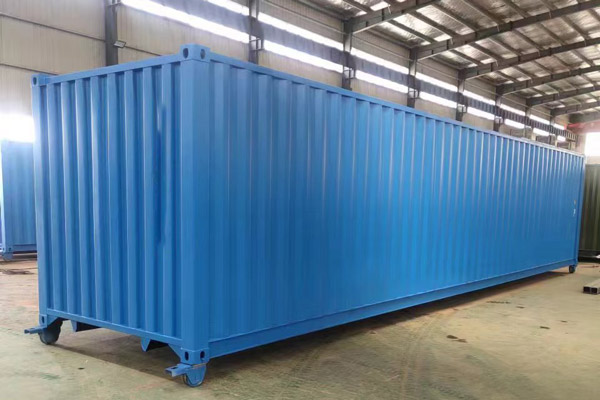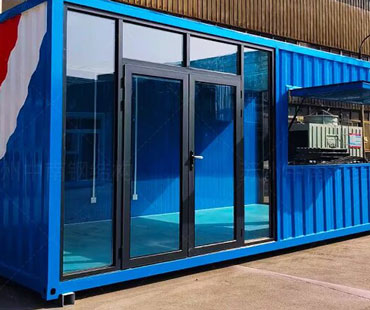The rapid expansion of globalization has transformed the landscape of international trade, with containerization playing a pivotal role in facilitating the movement of goods across borders. However, the complexities associated with container trade also bring forth significant legal and policy challenges that stakeholders must navigate.
The Legal Framework Governing Container Trade
1.International Conventions and Treaties
The foundation of legal standards in container trade is built upon several key international conventions and treaties. TheHague-Visby Rules, theHamburg Rules, and theRotterdam Rules govern the carriage of goods by sea, providing a framework for liability, insurance, and the rights and responsibilities of shippers and carriers. Understanding these regulations is crucial for compliance, as they dictate how disputes are resolved and liabilities are assigned.
2.Customs and Trade Regulations
Customs laws and trade regulations vary significantly from country to country. Compliance with these regulations is essential for the smooth movement of containers across borders. TheWorld Trade Organization (WTO) agreements, particularly the Trade Facilitation Agreement, aim to streamline customs procedures and reduce trade barriers. However, differing national regulations can create confusion and compliance challenges for businesses engaged in container trade.
3.Safety and Security Regulations
TheInternational Maritime Organization (IMO) and other national bodies have established safety and security regulations that govern container transport. TheInternational Ship and Port Facility Security (ISPS) Code requires ports and shipping companies to implement security measures to prevent threats such as terrorism and piracy. Compliance with these regulations is essential to ensure the safety of cargo and personnel, but it also poses challenges in terms of cost and operational efficiency.

Compliance Challenges in Container Trade
1.Complexity of Regulations
One of the primary challenges in container trade is the complexity and variability of regulations across different jurisdictions. Companies must navigate a maze of legal requirements, including customs documentation, safety inspections, and trade compliance audits. This complexity can lead to delays, increased costs, and potential penalties for non-compliance.
2.Evolving Trade Policies
Global trade policies are constantly evolving, influenced by geopolitical events, economic shifts, and changing public sentiment. Tariffs, trade agreements, and export controls can shift rapidly, creating uncertainty for businesses engaged in container trade. For instance, recent trade tensions between major economies have led to fluctuating tariffs and restrictions, forcing companies to adapt their compliance strategies frequently.
3.Technological Adaptation
The rise of digital technologies and e-commerce has transformed container trade, but it also presents compliance challenges. The increasing use of data analytics, blockchain, and automated systems requires businesses to ensure their technology complies with data protection and cybersecurity regulations. Additionally, the digitalization of customs processes demands that companies stay updated on electronic documentation and reporting requirements.
4.Environmental Regulations
As environmental concerns become more pressing, regulatory bodies are implementing stricter environmental standards for shipping and container transport. TheIMO 2020 sulfur cap, for example, has forced shipping companies to invest in cleaner fuel alternatives. Compliance with these regulations can be costly and complex, requiring companies to balance environmental responsibilities with operational efficiency.
Navigating Compliance Challenges
1.Investing in Compliance Programs
To effectively manage compliance challenges, businesses engaged in container trade should invest in robust compliance programs. This includes training staff on legal requirements, developing clear protocols for documentation and reporting, and implementing technologies that facilitate compliance monitoring.
2.Engaging Legal Expertise
Given the complexity of international trade law, companies should consider engaging legal experts specializing in maritime and trade law. These professionals can provide valuable guidance on navigating regulatory frameworks, ensuring compliance, and managing risks associated with international container trade.
3.Collaboration and Communication
Collaborating with stakeholders—such as shipping lines, freight forwarders, and customs authorities—is essential for ensuring compliance. Open communication channels can help businesses stay informed about regulatory changes and best practices, facilitating smoother operations in the global supply chain.
4.Proactive Risk Management
Companies should adopt a proactive approach to risk management, regularly assessing their compliance status and identifying potential vulnerabilities. This includes conducting audits, staying informed about regulatory developments, and developing contingency plans to address compliance issues as they arise.
The legal and policy issues surrounding container trade are complex and multifaceted, particularly in the context of globalization. Compliance challenges stemming from diverse regulatory environments, evolving trade policies, technological advancements, and environmental concerns require businesses to be vigilant and adaptable. By investing in compliance programs, engaging legal expertise, fostering collaboration, and proactively managing risks, companies can navigate these challenges effectively and position themselves for success in the dynamic world of international container trade. As globalization continues to advance, the ability to adapt to legal and policy changes will be critical for businesses aiming to thrive in the global marketplace.


